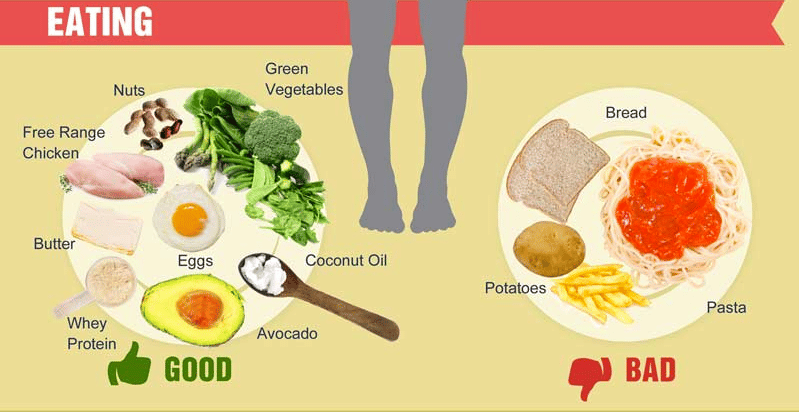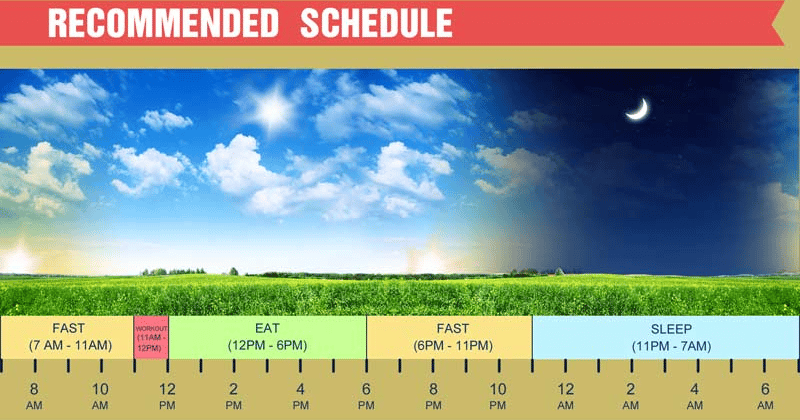Understanding the Benefits of Intermittent Fasting

Intermittent fasting is pretty much just like it sounds — fasting at irregular intervals instead of consuming meals on a regular schedule that has only one thing going for it: outmoded tradition.
Most of us were raised to believe that three squares a day — each consumed at fairly consistent times of the day — was the remedy to a healthy family lifestyle. Next to “an apple a day,” a full breakfast, lunch and dinner were seen as the best way to “keep the doctor away.”
Later on, we were issued eating instructions ranging from “breakfast is the most important meal of the day,” to experiments in eating six or more “small” meals a day to ward off weight gain and improve health.
But when it comes to the notion of fasting for good health, the implied terror for many people is that of unbearable hunger or starvation. Rest easy. Intermittent fasting is not a form of starving yourself to the point of discomfiture. Instead, it is a simple approach to eating that requires little change to your normal behavior while melting the fat away and creating a healthy body.
And it’s all in the timing.
Intermittent fasting changes when you eat, not what you eat. What makes it attractive as a diet is the fact that you can lose fat without changing your diet, without worrying how much you’re eating, and without taking on an extreme exercise regimen.
We’re going to suggest that you eat better, eat less and exercise later on in this blog post, but our main focus right now is the attraction of intermittent fasting for even the least enthusiastic dieter.
Here’s a scenario: Say you normally have dinner at 8 p.m., then watch a little TV or walk around the block, go to bed, get up at 7 a.m., shower, dress for work and maybe scramble up some eggs for breakfast an hour later. Think about it. You’ve already gone a full 12 hours between meals and you didn’t suffer real hunger at any stage of that time period.
Fasting puts your body in a fat-burning state after a dozen or so hours, which just isn’t possible with a regimen of three meals a day. When you are consuming food every three to five hours, your insulin levels prevent your body from burning fat.
It is much easier for you body to burn fat during a fast because your insulin levels are low. With intermittent fasting on a daily basis, you get in the habit of not eating at certain times. It’s a scheduled eating plan where you adjust your normal daily eating period to an hours-long window of time.
A typical fast last from 14 to 18 hours, which could mean skipping breakfast after a long night’s sleep and then eat both lunch and dinner within a six- to eight-hour period, say between 1 and 8 p.m. Go another three hours without snacking before bedtime and you’re good to go again the next day.
What are the benefits of this easy-to-maintain fasting regimen? First off, you’ll likely experience a better night’s sleep, have more energy, lower your triglyceride level, burn fat, and eventually reduce those cravings for sugar.
When you’re comfortable in this new fast-burning mode, you’ll find you can expand your fasting for up to 18 hours and not feel hungry between meals.
And while it’s remarkable how easy this new eating plan will be, the next step is to take seriously an exercise regimen and pay more attention to what you’re putting in your stomach on a regular basis. Fast food is not going to do it. And sitting in front of the tube is also not going to get you the results you want.
By starting even the most rudimentary exercise program, you increase the fat-burning process and replace fat with muscle, which is always a plus. And as one of our accompanying graphics shows, substituting green veggies and “good” proteins and fats for those order-out pizzas, breads and fried foods is the key to a successful fast.
Here at Restoration Healthcare, we can help you establish a successful intermittent fasting program that is less pain and more gain, enabling you to burn fat and build muscle on a consistent basis. We’re not going to insist that fasting is fun, but the benefits of this easy-to-adapt approach to eating can’t be dismissed.
– – – – – – – – – – –
Editor’s Note: Special thanks to Mercola.com for creating and sharing such an excellent infographic. Visit http://www.mercola.com/infographics/intermittent-fasting.htm for the full and complete image.




